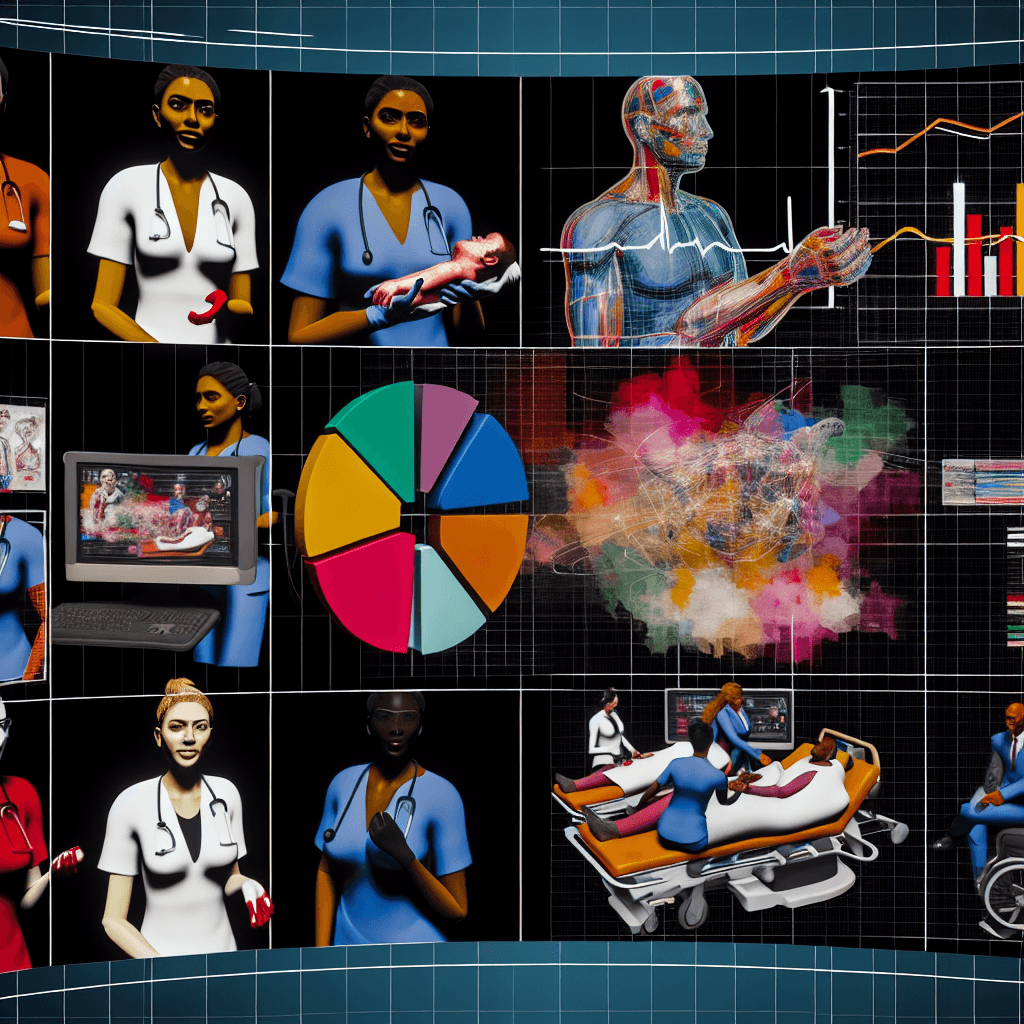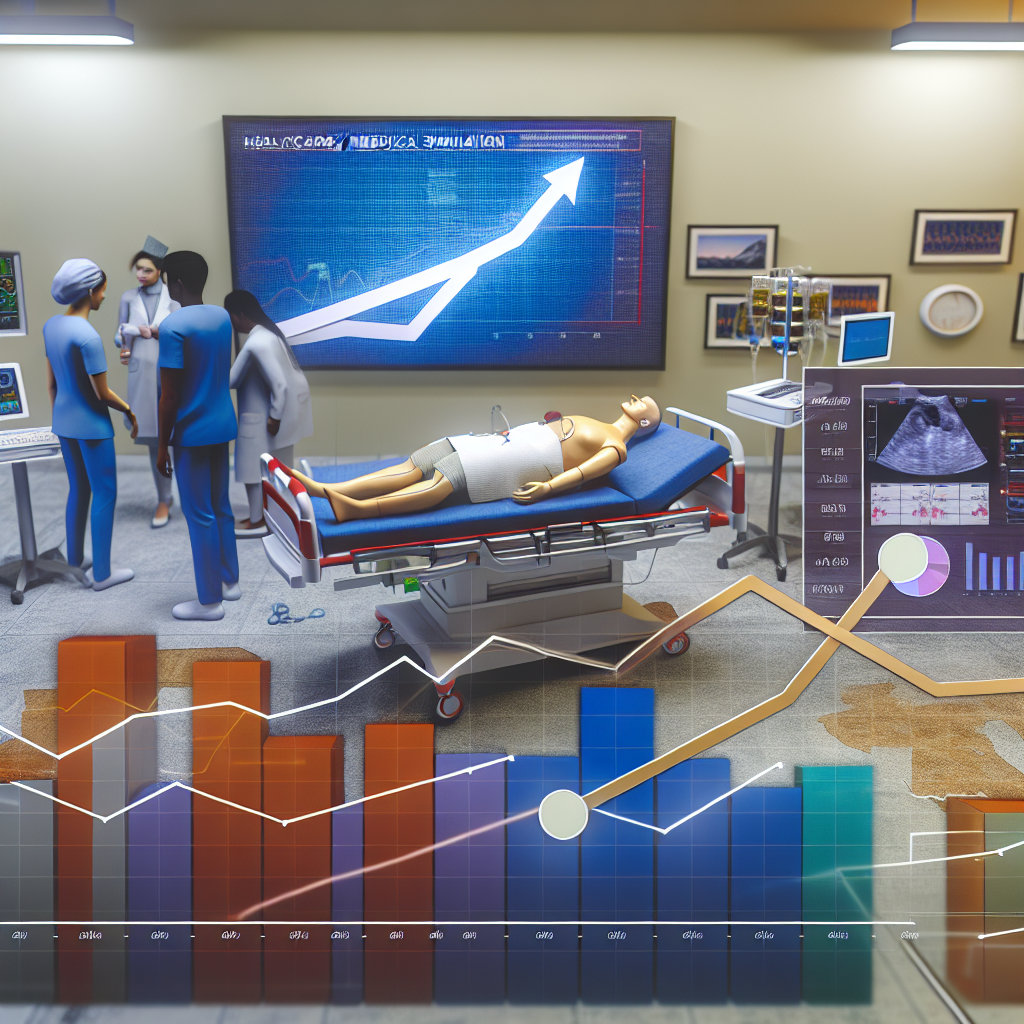Explore key trends, analysis, and forecasts in the healthcare/medical simulation market to stay ahead in 2023.
Healthcare/Medical Simulation Market Trends, Analysis & Forecast

Table of Contents
Healthcare/Medical Simulation Market Trends, Analysis & Forecast

The healthcare/medical simulation market has been witnessing significant growth over the past few years. This growth is driven by the increasing demand for training healthcare professionals without the risk to human patients and the need for better surgical planning and therapy. This article delves into the current trends, detailed market analysis, and future forecasts of the healthcare/medical simulation industry.
Overview of Healthcare/Medical Simulation
Healthcare simulation is a technique that allows healthcare professionals to learn, practice, and assess their skills in a realistic, interactive, and safe environment. Simulations can replicate various scenarios, from common clinical conditions to rare, complex, and high-stress medical emergencies. The primary goal is to improve training and patient safety, leading to better patient outcomes.
Current Market Trends
The healthcare simulation market is currently shaped by several key trends:
- Technological Advancements: Innovations such as virtual reality (VR), augmented reality (AR), and artificial intelligence (AI) are revolutionizing medical training.
- Increasing Emphasis on Patient Safety: Medical errors are a leading cause of death worldwide, prompting healthcare facilities to adopt simulation-based training.
- Cost-Effectiveness: Although initial investments in simulation technology can be high, the cost savings over time, due to reduced medical errors and improved patient outcomes, are significant.
- Integration of Simulation in Medical Education: More medical schools and institutions are integrating simulation into their curricula to provide hands-on learning experiences.
Detailed Market Analysis
The global healthcare/medical simulation market is segmented based on product type, end-user, and region. Each segment provides unique insights into the market dynamics and growth potential.
By Product Type
- Anatomical Models: These include patient simulators, surgical simulators, and dental simulators used for training in various procedures.
- Web-Based Simulation: Online training modules and virtual patient scenarios that are accessible remotely.
- Simulation Software: Software for creating customizable training scenarios and for managing simulation centers.
- Simulation Training Services: Services such as faculty development, curriculum integration, and assessment services.
By End-User
- Academic Institutions: Medical schools, nursing schools, and other training programs are major users of medical simulations.
- Hospitals: Hospitals use simulations for staff training and for planning complex medical procedures.
- Military Organizations: Military healthcare personnel use simulation for trauma and battlefield medical readiness.
By Region
North America currently leads the global market due to its advanced healthcare infrastructure and high adoption of simulation technologies. Europe follows closely, with significant growth driven by governmental support and extensive healthcare policies. Asia-Pacific is expected to witness the fastest growth due to increasing healthcare expenditure and rising awareness about patient safety in the region.
Future Market Forecast
According to industry analysts, the global healthcare/medical simulation market is expected to grow at a compound annual growth rate (CAGR) of approximately 14.6% from 2021 to 2026. This growth will likely be fueled by continuous technological advancements, increasing healthcare expenditures, and the growing focus on patient safety and training efficacy.
Impactful Case Studies
Several case studies highlight the effectiveness and impact of medical simulation in healthcare settings:
- Johns Hopkins University: Utilized VR simulations to train surgeons, resulting in improved surgical precision and reduced operation times.
- Stanford University: Developed an AR tool for anatomy education, enhancing student engagement and understanding of complex anatomical structures.
- Singapore General Hospital: Implemented a comprehensive simulation program for emergency response training, significantly improving team coordination and patient outcomes during critical situations.
Conclusion
The healthcare/medical simulation market is poised for significant growth, driven by technological advancements, an increasing focus on patient safety, and the integration of simulation into medical education. As the market continues to evolve, healthcare providers worldwide will likely see improved training outcomes and enhanced patient care quality. The future of medical training and patient care looks promising with the continued adoption and advancement of simulation technologies.
In conclusion, the healthcare/medical simulation market offers exciting opportunities for enhancing healthcare education and patient safety. By staying informed about market trends and technological innovations, stakeholders can make strategic decisions that will shape the future of healthcare.








